
Drama King
Drama theatres are built for a very specific purpose.
Text:/ Christopher Holder
They’re intimate performance spaces that allow actors to tread the boards and ‘alas’ their poor ‘Yoricks’ without recourse to anything so tawdry as sound reinforcement. Of course, there will be sound effects. Gone are the days of off-stage crew shaking sheets of metal or ringing door bells, so digital playback systems need to be connected to a digital routing matrix, allowing spot effects to be bussed to speakers dotted about the auditorium and allover the stage. Moreover, to thrive, modern theatres are necessarily multipurpose: you might have an un-amplified monologue one night and a full-throttle rock ’n’ roll musical the next.
The Sydney Opera House’s Drama Theatre is the essence of the modern multi-purpose theatre. Its principal tenant, the Sydney Theatre Company (STC), keeps the theatre busy. But on the occasions that it isn’t occupying the theatre the Sydney Opera House programs dance, cabaret and talks, as well as Bangarra Dance and Bell Shakespeare having regular seasons, ensuring the venue is rarely dark.
Which is all a slightly long-winded introduction to the key news: the Sydney Opera House has given its Drama Theatre a significant audio upgrade – installing a new d&b sound system along with a Stagetec digital routing system. The new setup allows the Drama Theatre to handle virtually anything that’s thrown at it.
POINT & SHOOT
I took the opportunity to tour the Drama Theatre with Ralf Zuleeg, d&b’s Head of Application Support (in town from d&b’s German HQ to commission the system) and the SOH’s Head of Sound and Audio Visual Jeremy Christian.
The first thing you notice is the sheer number of speakers. Dozens of d&b E Series cabinets dot the perimeter of the room. “Each speaker has its own amplifier channel so if the director points at a speaker and says, ‘I want the sound to come out of that one,’ we can just route it there – this was one of the key design requirements,” noted Jeremy Christian.
Which is where the Stagetec Nexus router takes the stage. “And this is reason why we went with Stagetec,” said Jeremy. “It’s a 256 by 256 matrix if it wants to be – absolutely epic. So the way we’ve done it is we can run it individually and directly, so we can directly plug into any speaker. Or within the Stagetec system we have another set of what we call ‘bussing inputs’ – presets, as it were. So if we want to have a more conventional left/right setup it’ll address all the speakers in a pre-assigned manner with left/right signal. Or we can set up a 5.1 mix where you send the 5.1 into the matrix and it will know where to route that audio. That gave us a bit more flexibility in routing.”
And when you have that kind of routing flexibility, it’s surprising how quickly sound designers cotton on and quickly take advantage of it. Jeremy: “Sound designers will actually design their shows for this theatre. As soon as they know about this stuff…”
FEEL THE GEOMETRY
Ralf Zuleeg took care of the system design. The first hurdle he needed to cross involved the vagaries of the notorious/famous SOH architecture – the two-tiered roof necessitates the use of two rows of front of house speakers: the first rank covering the first few rows of seating with a row of ‘delay’ E Series speakers only a few metres into the room covering the remainder of the seating.
It highlighted that this system design is about the very best coverage, the best and widest frequency response possible in the room and the greatest flexibility. In other words, in true Opera House style, very little expense has been spared.
Another example is clearly evident in the on-stage PA for performances and theatre effects. Not content with a few self-powered boxes, the Drama Theatre has a d&b Q1 array, along with a formidable complement of E Series speakers, again, each individually addressable and with their own amp channel. In fact, the machine room would make most theatre techs weep. The number of d&b amps is prodigious (11 x D12 and 14 x D6 digital amps), catering to the possibility that every single speaker in the theatre’s arsenal at some point may be used simultaneously.
The sub frequencies haven’t been scrimped on either. Previously the omnidirectional sub cabs occupied a cavity each side of the auditorium, with all the usual lack of definition and focussed energy that you would expect. Ralf spec’ed J-Infra subs, loaded with three 21-inch drivers (one driver firing backwards to provide the cardioid rear rejection). The extra oomph in the low end was a revelation: “The first time they were switched on I saw big smiles – stupid smiles! – spread across the faces of my sound guys. These are bad boy subs,” commented Jeremy Christian.

STAGED RIGHT
You’ve got to give it to the Sydney Opera House. It’s renowned for being very careful with its money, and gear acquisitions don’t happen in a hurry. But when they do, they do it properly. And this is a drama theatre with its audio done properly. ‘Future proof’ is a dicey term in such a fast-paced technological world, but I think the Drama Theatre is safe from another audio upgrade for many years to come.
MORE ON THE DIGITAL ROUTING
The Drama Theatre uses a Stagetec Nexus signal distribution platform to take care of all its digital routing. The system includes five Base Devices, all interconnected by fibreoptics around the venue. Each Base Device can be populated with any combination of a range of cards including: A/D, mic, D/A, DSP, AES/EBU, MADI, Dolby, 3G,HD-SDI, GPIO and data interfaces. Each I/O card can also be selected with various connector types such as XLR, D-Sub or RJ45.
For the Drama Theatre, Base Device 1 is positioned in the console equipment room and interfaces with the existing console via 128 bi-directional MADI channels on fibre. The local I/O, 16 channels of analogue and 16 channels of AES/EBU are presented directly on XLR connectors, reducing the need for additional patch boxes.
Base Devices 2 and 3 are located in the amplifier room and are configured with 24 channels of AES/EBU and a DSP card each. The DSP cards are configured with summing, parametric EQ and delay blocks.
Base Device 4 is a mobile frame used at front of house. It’s populated with a MADI fibre card for connection to the FOH console, eight channels of analogue I/O and eight channels of AES/EBU I/O. The fibre optic connection is via a hard-wearing Opticalcon cable.
Base Device 5 is a mobile stage box with eight channels of analogue I/O and 16 channels of AES/EBU I/O.
The Nexus fibreoptic system provides 256 channels of audio per fibre card, plus control of the base devices. The topology can be set up in either a ring, a star or a combination of the two. Fibres are connected via SFP (Small Formfactor Pluggable) modules and therefore any fibre cable can be used. In the Drama Theatre, Base Device 1 is at the centre of a fibre optic ‘star’ network, with two XFOC cards, the amp room base devices are split across each card, while each of the mobile base devices for FOH and stage are also split across the two cards. For further redundancy you could interconnect the other base devices, forming a ring between them.
Control of the system is via Matrix5, which can be run on any Windows PC. This software allows the routing and control of the entire system, user rights management, metering and status via Ethernet. Any input may be routed to any output simultaneously, with gain adjustment available at both stages. The settings can be saved as projects, and stored in the system.
d&B PA SPECS
Q10 loudspeaker x 2
E6 loudspeaker x 10
E8 Loudspeaker x 18
E12-D loudspeaker x 10
E12 loudspeaker x 4
J Sub Subwoofer x 2
J-Infra subwoofer x 2
E15X-Sub, subwoofer x 2
Q1 line array loudspeaker x 8
D12 amplifier x 11
D6 amplifier x 14
R70 Ethernet to CAN interface
National Audio Systems: 1800 441 440 or [email protected]

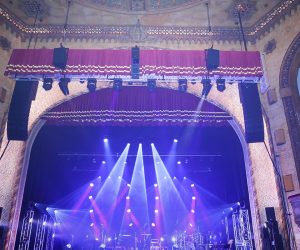
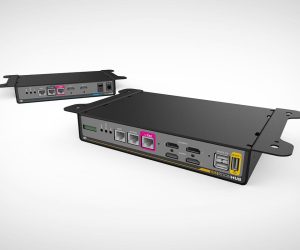
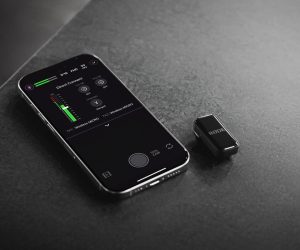
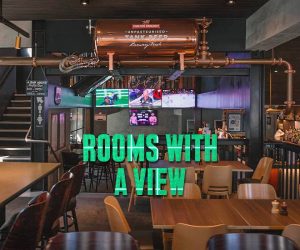

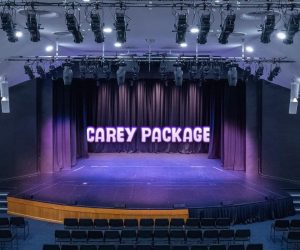
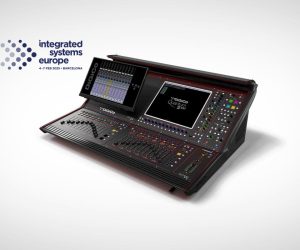
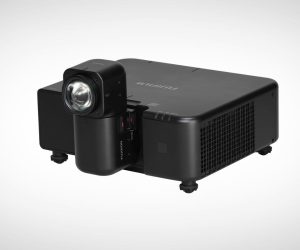






RESPONSES